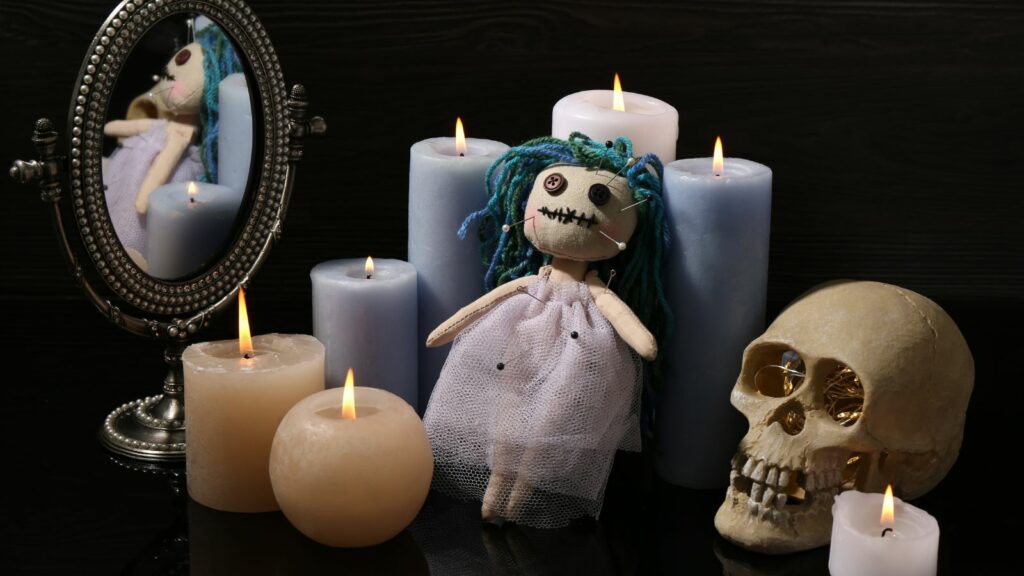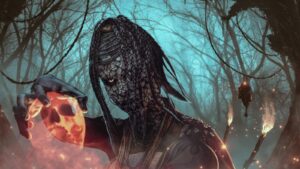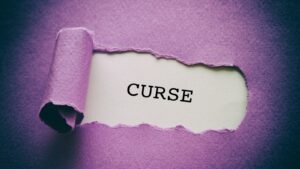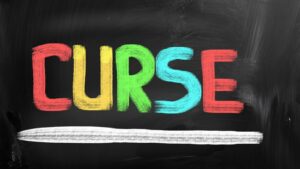Matka the Curse Weaver, a name that resonates with mystery and intrigue. This enigmatic figure, often shrouded in the shadows of folklore, has been a subject of fascination for many. But who exactly is Matka? And why does she weave curses?
Diving deep into the labyrinth of myths and legends, we’ll explore the captivating tale of Matka, the Curse Weaver. We’ll unravel the threads of her story, shedding light on the origins, powers, and the enduring allure of this intriguing character. Let’s embark on a journey through time, where curses are woven and destinies are intertwined.
Matka the Curse Weaver
Unearthing the enigma of Matka, this section further synthesizes details about her background and the influence she wielded.
Matka’s story rests, not on solid confirmed facts, but on fragments of folklore and myth that reverberate across the ages. Born from age-old tales, her persona thrives in narratives passed down generations. Her origins, sealed in mystery alongside discordant whispers of her engaging in curse weaving, engenders an aura of fascination around her. The gaps in her story offer immense scope for speculation and interpretation, creating not one, but countless versions of Matka in different cultural narratives. For instance, in Slavic folklore, Matka exists as a feared witch, intertwining destinies with her curse-infused threads.
The Creation and Influence
The creation of Matka stands as a testament to the power of folktales and storytelling. As the figurehead of curses and destiny’s manipulation, she embodies many layers of symbolic representation. Her influence envelopes not just the threads of life and curse she purportedly weaves, but extends into real-world interpretations and presentations of her character. For example, she echoes in modern literature, art, and even video games, reaffirming the enduring fascination she inspires. Each representation, whilst unique, converges on the common motif of her weaving curses, reinforcing the impact Matka continues to have on creative and cultural expression.
Delving into the Storyline
Venturing further into the tale, the narrative shifts from Matka’s mysterious origins to the tale’s primary characters and key plot developments. This section elucidates these figures and events, delving deeper into the complexities that contribute to the enchantment surrounding Matka, the Curse Weaver.
In the labyrinthian narrative surrounding Matka, three critical characters emerge—Matka herself, her nemesis the Hero and the neutral, often voiceless, victims.
Matka, the eponymous character, takes center stage. Often depicted as a fearsome witch, she fabricates curses, guiding the hands of fate firmly towards malfeasance. Her trademark is her weaving loom; a symbolic representation of her power to intertwine destinies seamlessly, often dramatically altering life courses for her victims.
The Hero, representing hope and righteousness, attempts to thwart Matka’s wicked designs, often acting as the narrative fulcrum. His actions motivate the tale, guiding it towards a conclusive end.
The Artistry Behind Matka The Curse Weaver
The tale of Matka the Curse Weaver isn’t merely a story; it’s a stunning mosaic of artistry, brimming with unique concepts and illustrative storytelling. Underneath this intricate narrative lie distinctive artistic realms and symbolic illustrative techniques shaping the plot’s evolution and the depiction of its characters.
Matka’s story unfolds through a series of distinctive artistic concepts. Firstly, Matka’s loom, a tool usually associated with the creation of beauty, is used here for weaving curses. This inversion of traditional symbology intensifies Matka’s sinister aura and binds readers with its novelty. Secondly, the ambiguous Hero, neither completely virtuous nor entirely flawed, presents a deviation from traditional hero archetypes. This breaks the monotony of predictability, imbuing the narrative with a profound sense of realism. Lastly, the Victims serve as canvases for Matka’s curses, their fractured destinies vividly capturing the tragic consequences of manipulated fate. This concept provides a stark contrast to typical plot characters, enhancing the plot’s depth and intricacy.
Role of Illustration in Storytelling
Illustration, in Matka’s tale, plays an instrumental role in amplifying its storyline and reinforcing its thematic nuances. Matka, for instance, often seen hunched over her loom, visually communicates her occupation and her perverse joy in weaving fates. Similarly, the Hero’s illustrations, varying from confident to contemplative, mirror his internal struggle against Matka and his personal morals.





